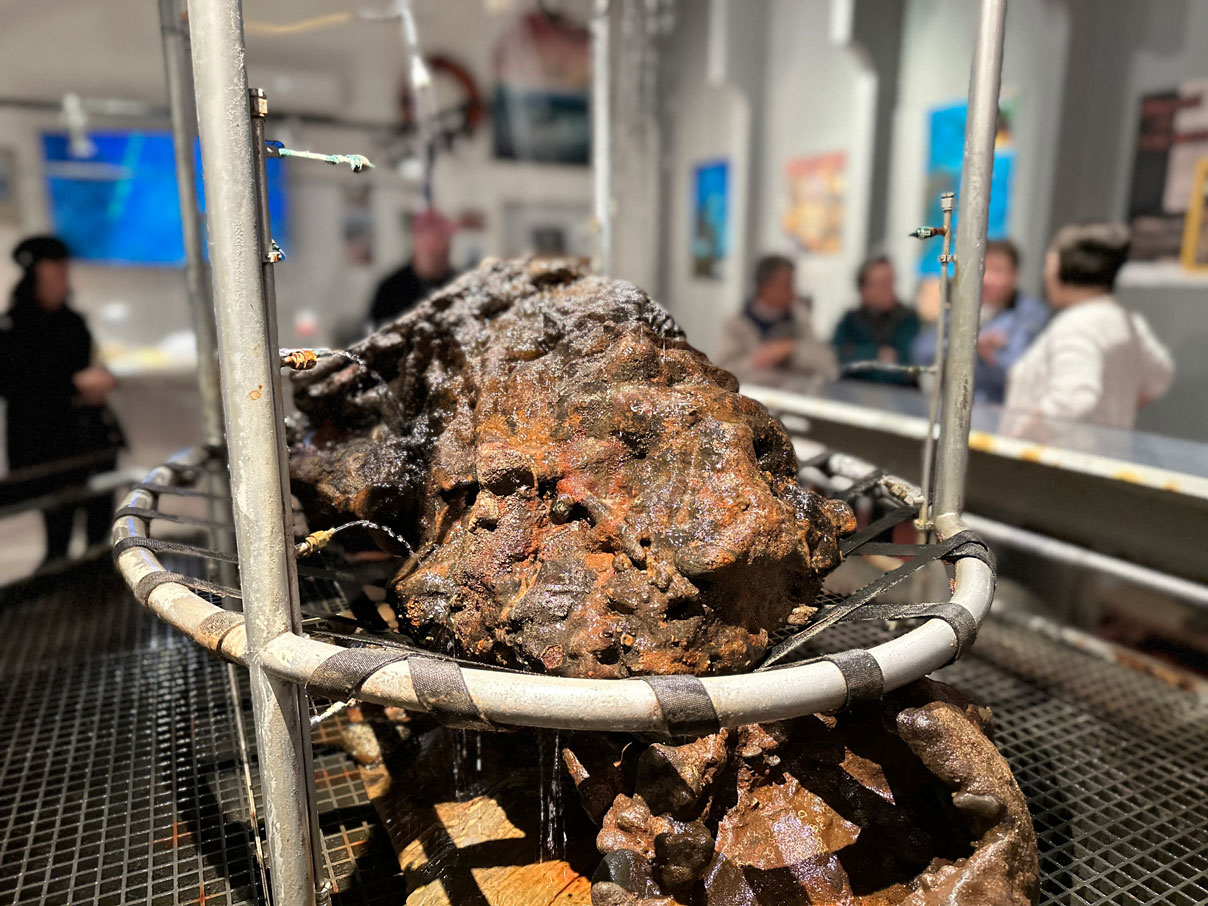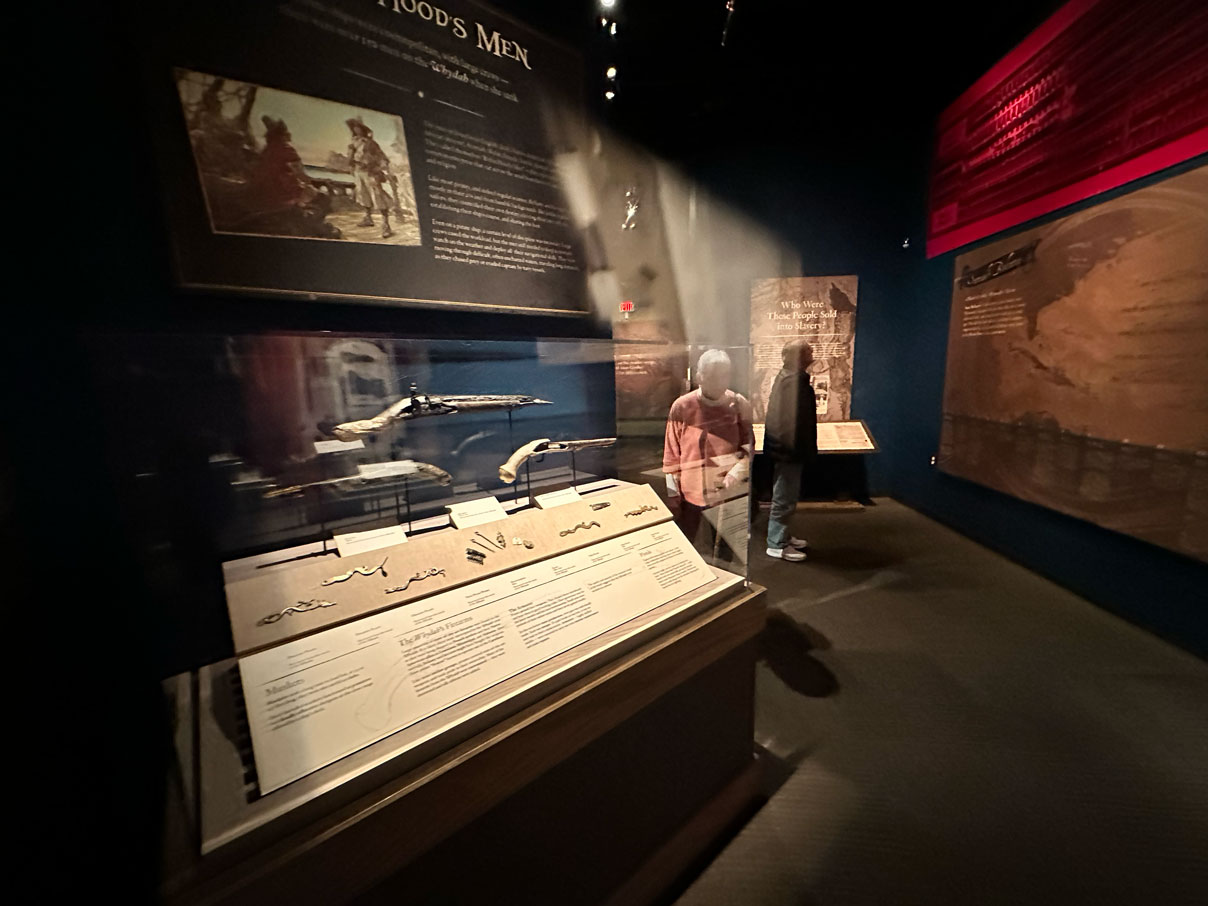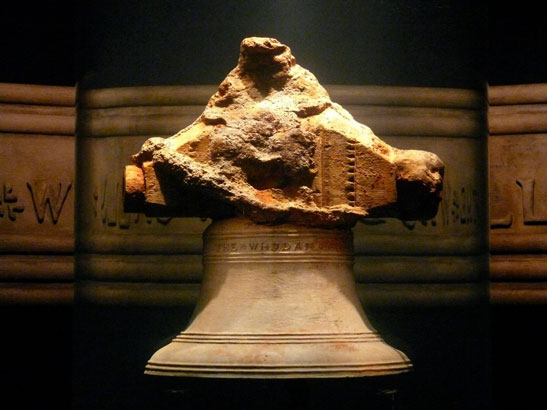The Whydah Pirate Museum showcases artifacts recovered from an 18th-century shipwreck.
by Jennifer H. McInerney
At the Whydah Pirate Museum in West Yarmouth, a 300-year-old drama on the high seas continues to unfold thanks to the tireless efforts of a dedicated project team. This group of divers, archeologists, and researchers is intent on preserving artifacts from and sharing the history of the Golden Age of Piracy (1650–1720).
The story begins in London in 1716 with the construction of the Whydah Gally, a 100-foot-long vessel that served originally as a slave ship. Only a year later, the Whydah became a pirate ship, captured in the central Bahamas by the infamous Captain “Black Sam” Samuel Bellamy, who welcomed the slaves on his crew. In April 1717, all but two of the pirates went down with their ship off the coast of Wellfleet during a powerful nor’easter. The pair of survivors provided clues about the riches onboard, but nothing was immediately found.
The tale doesn’t end there—though it paused for 267 years as the remains of the splintered vessel lay on the ocean floor, dispersed by storm surf and obscured by shifting sands.
In 1984, explorer Barry Clifford discovered the shipwreck site less than 2,000 feet offshore, north of Marconi Beach. Ever since, Clifford and his team have undertaken the laborious process of scouring the wreck site for artifacts, challenged by everchanging environmental conditions. Using electronic remote-sensing technology, divers detect and collect potential buried treasure.
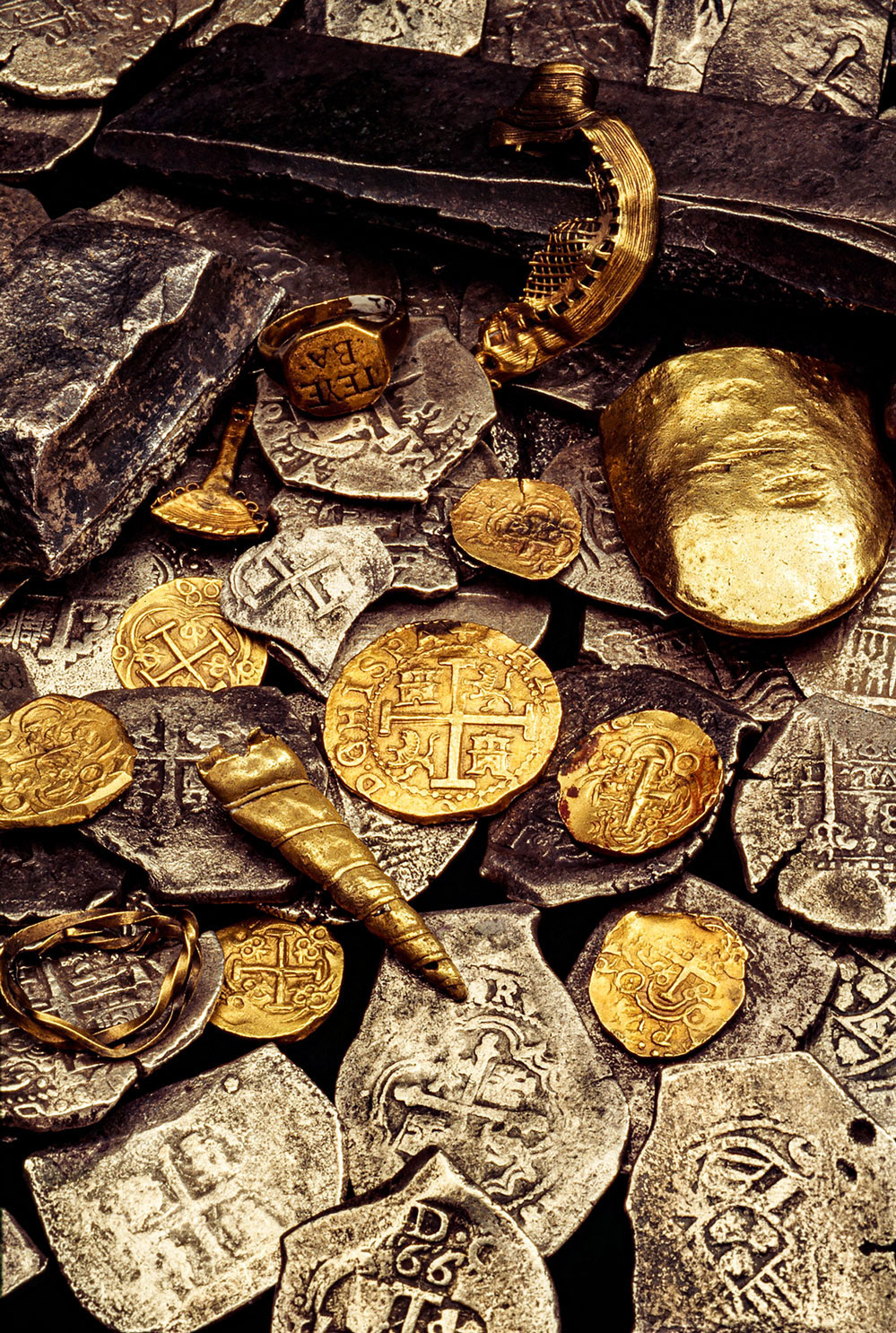
“We don’t find artifacts every time we go out, but we typically find something on most of our dives,” reports Brandon Clifford, an underwater field archeologist and Barry’s son. “Often, we find the pirates’ basic items for life at sea—plus the things that they stole. We never know what we’ll discover.”
The Whydah Pirate Museum, which opened in 2016, represents the culmination of 40 years of ongoing recovery efforts by the project team. It also boasts the world’s largest collection of artifacts salvaged from a single shipwreck. Many finds are everyday items and clothing accessories, including buttons, buckles, tableware, utensils, ship’s parts, weapons, and ammunition. And, yes, there’s also treasure: gold bars, silver and gold coins, and pieces of eight.
From early spring through late fall, the Whydah expedition team searches the ocean floor for relics that illuminate the unique tale of the ship and its crew. Recently, the dive team discovered some 8,000 manillas, bracelet-shaped non-coin currency used for trade purposes in West Africa during colonial times. On an outing last summer, which was recorded as part of a History Channel series, Brandon found an escutcheon plate, a decorative metal piece that adorned a pirate’s handheld pistol.
“At this point, we’ve uncovered only a small portion of the wreck,” explains Brandon. “We’ve started to uncover new areas, new pockets of artifacts hundreds of feet away from the initial shipwreck. We think there are a lot more remnants out there yet to be found.”
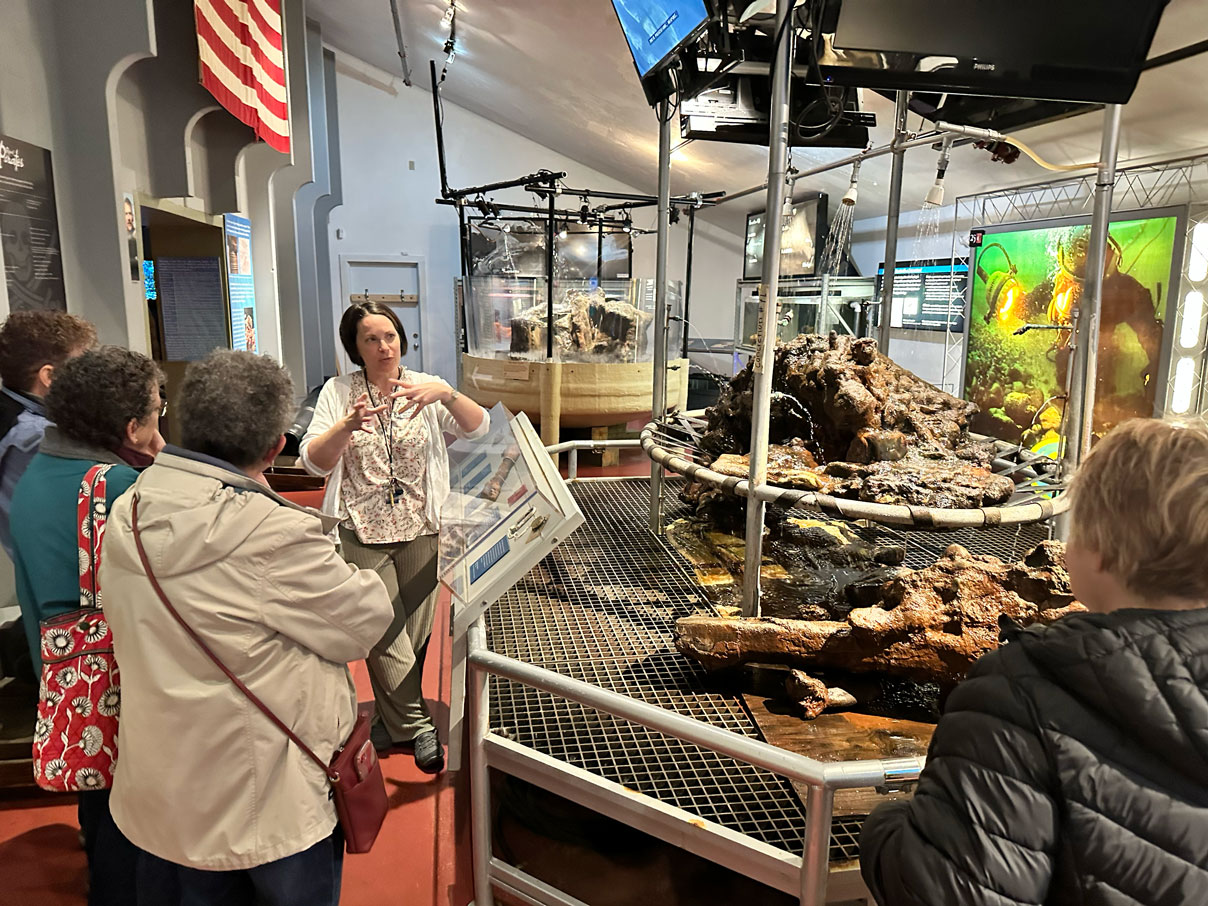

Permission to Board the Whydah Gally
The Whydah Pirate Museum invites visitors to step back in time and board a partial replica of the Whydah Gally, complete with a life-size rendition of the pirates’ living quarters. As part of this immersive exhibit, guests can view and touch 300-year-old gold and silver pirate coins. Pistols, sword hilts, and countless other discovered and recovered artifacts are also on display.
The museum’s modern-day portion houses the Conservation Laboratory, which provides a glimpse of actual concretions—concrete-like sedimental formations that create a shell around artifacts buried at sea—recovered from the shipwreck. Displayed inside massive tanks, the concretions are undergoing a gradual, methodical restoration process that involves submersion in fresh water and the application of a chemical solution and low-voltage electricity, called electrolytic reduction. One such concretion excavation-in-progress shows the partially exposed stove retrieved from the wreck.
As a result of this process, newfound treasures are revealed, and the exhibits continue to grow.
In addition, the museum’s educational branch, the Center for Historical Shipwreck Preservation, welcomes school classes, scout troops, camps, and other groups for field trips. The center offers history and STEM (science, technology, engineering, and math) curriculum guides for students in upper elementary and middle school.
“A field trip to the museum for a hands-on lesson really enhances the experience,” notes Jessica Sheppard, an educator and archeological conservationist at the center.
Students explore local history and related folklore while learning via physics and chemistry experiments how natural processes help reveal and preserve the past.
Visit Cape Cod’s authentic pirate ship exhibition,
open daily this summer!
WHYDAH Pirate Museum
674 Route 28, West Yarmouth
508-534-9571; discoverpirates.com
